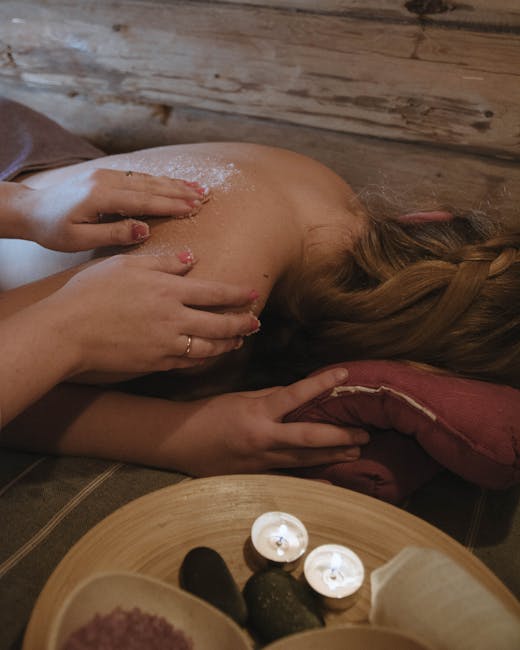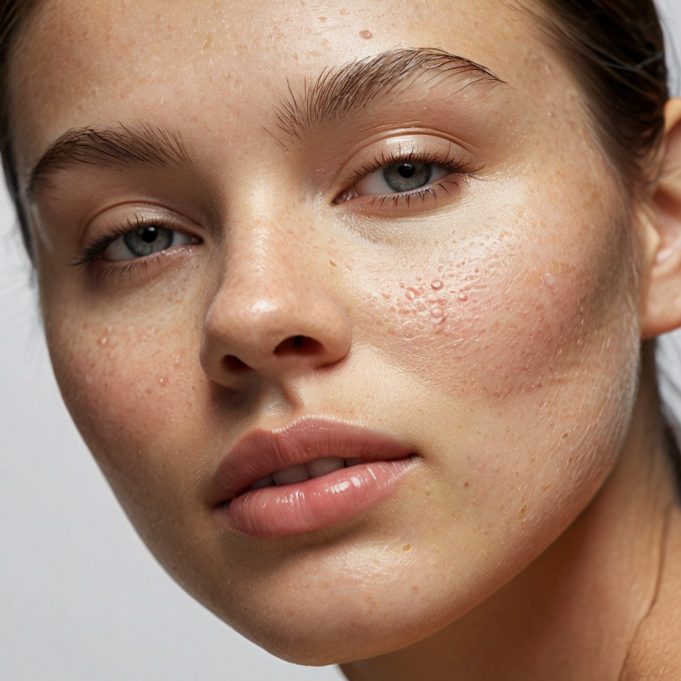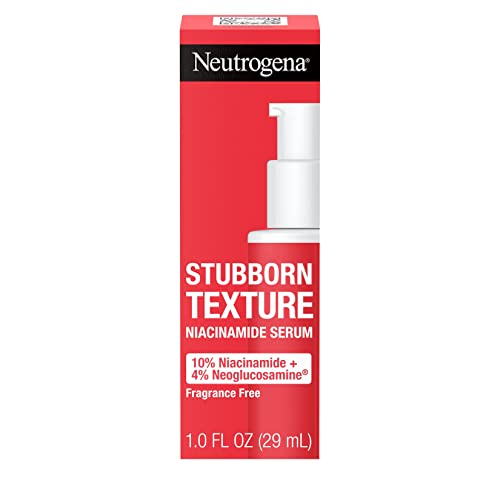Views: 1
Table of Contents
Acne is a pervasive skin concern that affects millions of individuals worldwide, causing emotional distress, social anxiety, and a loss of confidence. Despite its prevalence, many people struggle to grasp the underlying causes of acne, leading to ineffective treatments and worsening of the condition. A comprehensive understanding of acne is essential to effectively prevent and manage this skin issue, which is why this beginner’s guide has been crafted to provide a detailed overview of the causes of acne, prevention strategies, treatment options, and essential do’s and don’ts to help individuals take control of their skin health and regain their confidence. What is acne, and how does it affect our skin?
Understanding Acne
Acne is a common skin condition characterized by blackheads, whiteheads, and pimples on the skin. It is estimated that over 85% of people suffer from acne at some point in their lives, making it one of the most widespread skin conditions globally. Acne can appear anywhere on the body, but it is most common on the face, chest, and back.
Acne occurs when the pores on the skin become clogged with dead skin cells, oil, and bacteria. The pores on our skin are tiny openings that allow oil to flow through and keep our skin moisturized. When dead skin cells and oil combine, they can clog the pores, causing the skin to become inflamed and leading to acne.
Types of Acne
There are several types of acne, ranging from mild to severe. The most common types of acne include:
| Type of Acne | Description |
|---|---|
| Blackheads | Open comedones that appear as small black spots on the skin |
| Whiteheads | Closed comedones that appear as small white bumps on the skin |
| Papules | Pink, raised bumps on the skin |
| Pustules | Pus-filled bumps on the skin |
| Nodules | Large, painful bumps under the skin |
| Cysts | Deep, painful bumps under the skin that can cause scarring |
Causes of Acne
Acne can be caused by a combination of factors, including:
Hormonal Imbalance
Hormonal fluctuations during puberty, menstruation, pregnancy, or menopause can lead to acne. Androgens, such as testosterone, stimulate the oil glands in the skin, causing them to produce more oil, which can clog the pores.
Genetics
Acne can run in families, indicating that there may be a genetic component to the condition. If your parents suffer from acne, you may also be more likely to experience it.
Bacteria
A type of bacteria called Propionibacterium acnes (P. acnes) is naturally found on the skin and can contribute to acne. When the pores on the skin become clogged, P. acnes bacteria can multiply and cause inflammation.
Environmental Factors
Environmental factors such as pollution, humidity, and certain chemicals can contribute to acne. Pollution exposure can cause skin inflammation, while humidity can increase sweat production, leading to clogged pores.
Poor Skincare Routine
Not removing makeup properly, using harsh products, and exfoliating too frequently can all contribute to acne.
Diet
A diet high in processed foods, sugar, and dairy products can lead to inflammation and increase the risk of acne.
Stress
Stress can increase the production of hormones such as cortisol, contributing to acne.

Preventing Acne
Preventing acne requires a combination of good skincare habits, healthy lifestyle choices, and stress management. Here are some tips to help prevent acne:
Keep Your Skin Clean
Wash your face twice daily with a gentle cleanser to remove dirt, oil, and makeup.
Exfoliate Regularly
Exfoliate once or twice weekly to remove dead skin cells and unclog pores.
Use Non-Comedogenic Products
Use products labeled “non-comedogenic” or “oil-free” as they are less likely to clog pores.
Keep Your Hands Away
Avoid touching your face; your hands can transfer bacteria and oil to your skin.
Stay Hydrated
Drink plenty of water to keep your skin hydrated and flush out toxins.
Eat a Balanced Diet
Eat a diet rich in fruits, vegetables, whole grains, and lean proteins to reduce inflammation and promote healthy skin.
Manage Stress
Engage in stress-reducing activities such as exercise, meditation, or yoga to manage stress and reduce acne.
How to Treat Acne
Treating acne requires patience, persistence, and a combination of topical and oral medications. Here are some common acne treatments:
Topical Treatments
Topical treatments are applied directly to the skin and can help to unclog pores and reduce inflammation. Common topical treatments include:
| Topical Treatment | Description |
|---|---|
| Benzoyl peroxide | It has antibacterial properties to reduce inflammation |
| Salicylic acid | Exfoliates the skin and unclogs pores |
| Tea tree oil | Derived from vitamin A, it helps to unclog pores and reduce inflammation |
| Retinoids | Derived from vitamin A, helps to unclog pores and reduce inflammation |
Oral Medications
Oral medications are taken by mouth and can help to treat acne from the inside out. Common oral medications include:
| Oral Medication | Description |
|---|---|
| Antibiotics | Kills bacteria and reduces inflammation |
| Hormonal Treatments | Regulates hormonal imbalances |
| Isotretinoin | Severe acne treatment that reduces oil production |
Blue Light Therapy
Blue light therapy is a non-invasive treatment that uses blue light to kill bacteria and reduce inflammation.
Professional Treatments
Professional treatments such as chemical peels, microdermabrasion, and extractions can help to treat acne.

Do’s and Don’ts with Acne
Here are some do’s and don’ts to keep in mind when dealing with acne:
Do’s
- Wash your face regularly
- Use sunscreen daily
- Exfoliate regularly
- Keep your hands away from your face
- Stay hydrated
- Eat a balanced diet
Don’ts
- Don’t pick or pop pimples
- Don’t use harsh products
- Don’t exfoliate too frequently
- Don’t touch your face
- Don’t share makeup or skincare products
By understanding the causes of acne, practicing good skincare habits, and seeking professional treatment when necessary, you can take control of your acne and achieve healthy, glowing skin. Remember, acne is a common skin condition that can be treated and managed with the right approach.









